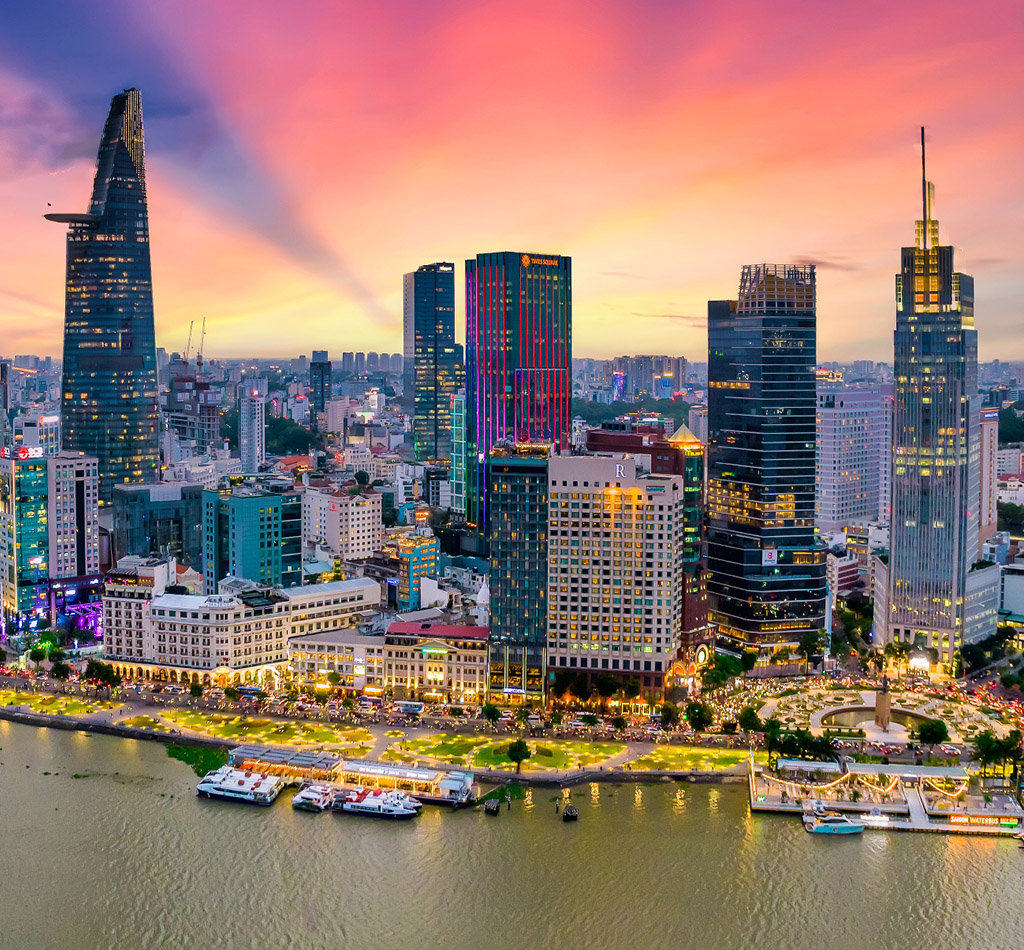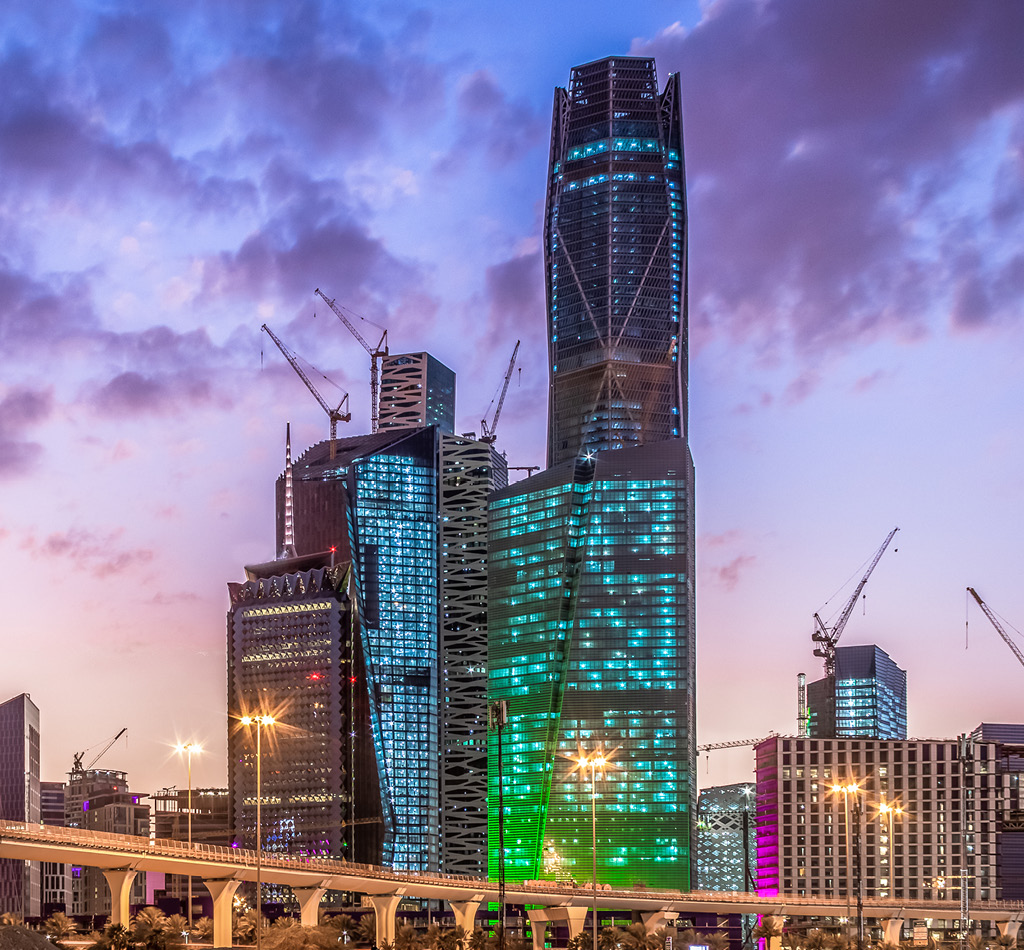Commentary
MENA Q1 2024 Manager Letter
April 26, 2024

MENA equity markets rounded up the first quarter of 2024 with returns of 3.2% (for the S&P Pan Arabian Index Total Return), ahead of the MSCI Emerging Markets Index, which was up 2.3% in the same period.
While Index-level returns were fairly muted, underlying performance and market activity levels remained robust. In Saudi Arabia, the performance divergence theme that we discussed in past letters picked up pace in the quarter, with the MSCI Saudi Midcap Index gaining 10.1%, outperforming the broader MSCI Saudi Index by ~8.0%. Accompanying this performance was a significant increase in liquidity on the exchange, with average daily traded value (ADTV) in the quarter reaching ~US$2.4 billion, higher by 68% (or nearly US$1.0 billion) compared to the ADTV for the full year of 2023. This surge in liquidity appears to be driven by a combination of domestic and foreign institutional flows, increased primary market activity drawing in new capital, and perhaps most interestingly, the emergence of high-frequency trading (HFT) as a new type of market participant. Estimates from HSBC suggest that HFT contribution to ADTV reached ~15% in March 2024 compared to low single digits in 2023. HFT contribution in our opinion is likely to materially grow in the mix over the next few quarters, driven by the stock exchange’s initiative to provide co-location services and an increase in the market’s capacity to accommodate additional liquidity through increases in free float and new listings. For comparison, HFT’s contribution to Turkey’s stock exchange volumes currently ranges between 25% and 30%. Capital market development in the region, and particularly in Saudi, is a powerful theme that the strategy has expressed through various position sizes depending on valuation through Saudi Tadawul Group, the stock exchange holding company which itself is a listed company on the market.
Another theme the strategy has been building exposure to over the last few quarters is Qatar’s liquified natural gas (LNG) value chain, which received a boost from Qatar Energy’s announcement in February of a capacity expansion plan that will add 16 million metric tons to annual capacity, taking it to 142 million tons by 2030. As the world’s lowest-cost producer of natural gas, with a lifting cost of US$0.30 per MMBTU compared to a range of US$3.0 to US$5.0 globally, Qatar is well-positioned to capitalize on its reserves over the next decade. Emboldened by this cost advantage and the US government’s decision to pause LNG export approvals until after the 2024 elections, Qatar seems intent on getting the most out of its reserves in the next decade. By keeping production high, Qatar will reinforce its position as the lowest-cost supplier to growing Asian markets and secure its role as a key player in the recalibration of energy supply chains that is taking place following the Russia-Ukraine war.
Qatar Gas Transport Company Ltd. (QGTS), the owner and operator of the world’s largest LNG shipping fleet, is a primary beneficiary of this theme. This was recently validated by the awarding of a contract for the addition of 25 conventional size LNG carriers (to an existing fleet of 74 vessels) by Qatar Energy following February’s capacity expansion announcement.
A key event in the quarter was the devaluation of the Egyptian Pound (EGP) in the first week of March. The Central Bank of Egypt (CBE) and the government of Egypt finally capitulated and devalued the currency from just above 30/USD to 50/USD after having held the rate at the former level since January 2023. The devaluation came two weeks after the government sealed a mega property deal with one of Abu Dhabi’s sovereign wealth funds that broadly involved a land sale in exchange for US$35 billion, of which US$14 billion would be in direct cash transfers and US$11 billion in a debt swap on existing UAE debt to Egypt. This substantial deal, equivalent to nearly 10% of Egypt’s GDP, has the immediate effect of reducing Egypt’s external debt by 7%. The floatation of the EGP following the Abu Dhabi deal has unlocked further funding from the IMF, which upsized its loan agreement with Egypt from US$3 billion to US$8 billion. The devaluation and improvement in Egypt’s external balances have opened up the foreign exchange market and cleared the backlog that had built up over the last 12 months. This should bring Egypt back from the brink of an MSCI reclassification from “Emerging” to “Frontier” or “Standalone” as we had seen from FTSE, which removed its special treatment classification following the devaluation.
While there is a lot to cheer about, those familiar with Egypt have seen this scenario before. Our recent conversations with companies suggest there is still a high degree of uncertainty among businesses and consumers. High interest rates (12-month T-bills are ~26% as of the date of writing) and limited progress on the reform front from the government will likely weigh on real earnings growth and keep valuation multiples fairly low. Egypt needs to demonstrate a willingness to make bold reforms that stimulate growth and attract foreign direct investment to break its cycle of reliance on friendly governments and multilateral agencies. In the absence of such reforms, the prospects for a multi-year earnings growth cycle in Egypt seem remote. That being said, we do see a window to potentially generate returns in Egypt in the next six to twelve months as US-dollar returns are likely to be protected over that timeframe given the recent devaluation. We believe the UAE’s Al Ansari Financial Services is an interesting way to play the reopening of the FX market in Egypt through the recovery in remittance flows from the UAE to Egypt. At its peak, Egypt was the third-largest FX corridor for Al Ansari, and thus the potential for an earnings recovery in the second half of 2024 is strong as volumes recover from a near halt in 2023. Under the right conditions, we also anticipate the strategy increasing our ownership of Egypt-listed businesses, details of which we will share if we make material investments there.
We look forward to continuing to update you on the strategy throughout the year.



